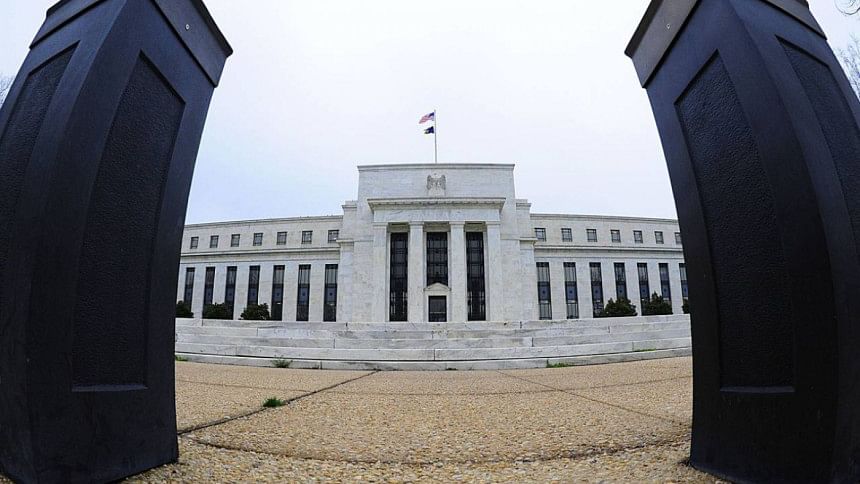Crisis, Rinse, Repeat

Later this century, when economic historians compare the "Great Recession" that started in 2007 with the Great Depression that started in 1929, they will arrive at two basic conclusions.
First, they will say the immediate response of the US Federal Reserve and the Department of the Treasury to the crisis in 2007 was first-rate, whereas the response immediately after the stock-market crash of 1929 was fifth-rate, at best. The aftermath of the 2007-2008 financial crash was painful, to be sure; but it did not become a repeat of the Great Depression, in terms of falling output and employment.
On the other hand, future historians will also say that the longer-term US response after 2007-2008 was third-rate or worse, whereas the response from President Franklin Roosevelt, Congress, and the Fed in the years following the Depression was second- or even first-rate. The forceful policies of the New Deal-era laid the foundations for the rapid and equitable growth of the long post-war boom.
Now, consider some key economic data points. US per capita national income peaked in 2006, just before the Great Recession, and was still 5 percent below that point in 2009. Within three years, however, it had returned to its 2007 peak; and, if we are lucky, it will end up being 8 percent above its 2007 peak this year.
By contrast, four years after US per capita national income peaked in 1929, it was still down 28 percent, and would not return to its 1929 peak for a full decade. In other words, there can be no comparison to the Great Depression, at least in terms of decreased per capita national income.
But nor can there be any comparison to the Great Recession in terms of weak productivity growth. Within 11 years of the peak of the pre-Depression business cycle in 1929, output per worker was up 11 percent and still growing rapidly. By contrast, output per worker this year is only 8 percent higher than its pre-Great Recession peak, and that figure continues to rise slowly.
So, within 11 years of the start of the Depression, Roosevelt and his team had gotten US per capita national income back to its previous peak while pushing output per worker 11 percent higher. Moreover, they did that having started from a position in 1933 that was incomparably worse than what US policymakers faced in late 2009. When historians look back at the two periods, they will have to conclude that the relative performance after the Great Recession was nothing short of appalling.
In assigning blame for this dismal track record, Democrats point to the fact that Republicans turned off the spigot of fiscal stimulus in 2010, and then refused to turn it back on. Republicans, for their part, have offered a range of incomprehensible and incoherent explanations for the anaemic growth recorded since the financial crisis.
Some Republicans, naturally, blame Obama and his signature legislative accomplishments like the 2010 Affordable Care Act (Obamacare) and the 2010 Dodd-Frank Wall Street Reform and Consumer Protection Act. Others blame the unemployed, those who have dropped out of the labour market altogether, or those who want to work but supposedly have nothing of value to contribute—the so-called "zero marginal product workers."
There is much more truth to the argument offered by the Democrats, even if Obama and his team also deserve a fair share of the blame for pursuing inappropriate fiscal austerity in the early stages of the recovery. At any rate, austerity is not the whole story. And when thinking about what comes next, the most worrisome aspect of the post-2007 response is that those who implemented it, and those who succeeded them, still do not recognise it as a failure.
For example, Fed policymakers, with a few honourable exceptions, still insist that they did the best they could, considering the fiscal headwinds at the time. Likewise, Obama administration policymakers still pat themselves on the back for preventing a second Great Depression, and say they did the best they could, given recalcitrant Republican congressional majorities after the 2010 midterm elections.
At the same time, right-leaning economists still busy themselves arguing that the Obama administration's fiscal policies and then-Fed Chair Ben Bernanke's monetary policies were dangerously inflationary. If we are to believe them, we should consider ourselves lucky to have escaped the fate of Greece or Zimbabwe.
But as Christina D Romer and David H Romer of the University of California, Berkeley, have shown, countries throughout the post-war period that lacked the monetary or fiscal space to deal with a financial crisis often suffered from output shortfalls of 10 percent or more even a decade after the fact.
It has now been 11 years since the start of the last crisis, and it is only a matter of time before we experience another one—as has been the rule for modern capitalist economies since at least 1825. When that happens, will we have the monetary- and fiscal-policy space to address it in such a way as to prevent long-term output shortfalls? The current political environment does not inspire much hope.
J Bradford DeLong, a former deputy assistant US Treasury secretary, is a professor of economics at the University of California at Berkeley and a research associate at the National Bureau of Economic Research.
Copyright: Project Syndicate, 2018.
www.project-syndicate.org
(Exclusive to The Daily Star)





Comments